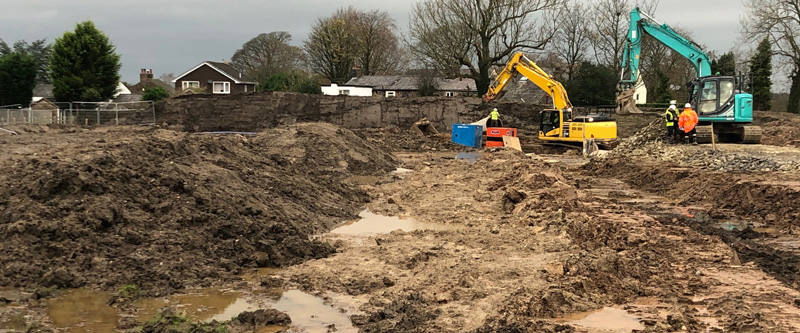
When it comes to handling wet loads of soil, navigating the right approach can be a challenging task. Whether it’s the result of rainy weather or other factors, managing wet soil demands careful consideration and adherence to best practices. In this guide, we will explore the do’s and don’ts of dealing with wet soil loads, aiming to help you make informed decisions and avoid potential pitfalls.
One of the most fundamental steps in managing wet soil loads is to locate a suitable disposal or recovery site that accepts such materials. While it may seem like an obvious solution, not all sites are equipped to handle wet loads efficiently. Be aware that accepting wet loads might come with increased costs due to the additional effort required to manage and process the material. However, ensuring proper disposal is essential, and finding a site that can accommodate wet loads is crucial.
To streamline your operations and be prepared for rainy days, we recommend creating a database of sites that accept wet loads. Having a list of viable options at your disposal will allow you to quickly assess and choose the best site for disposing or recovering wet soil.
If time and budget are significant considerations, and you have the space to do so, consider stockpiling the wet material and waiting for it to dry out naturally. Patience can be rewarding in this scenario, especially during the summer months when the stockpiles are likely to dry efficiently. Once the material has dried, you can transport it to your usual disposal or recovery site.
However, exercise caution not to mix stockpiles from different areas of your site. Failing to maintain separation might lead to cross-contamination of the materials, potentially causing complications during disposal or recovery processes.
It is essential to avoid mixing dry and wet materials together, as this can lead to severe consequences, such as material cross-contamination. When taking your material to a soil recovery or disposal site, it will be subjected to acceptance criteria. While some areas of your site might be acceptable for disposal, others could contain hazardous materials.
Preventing the mixing of dry and wet stockpiles is crucial to ensure the integrity and quality of the materials, as well as to comply with regulations and site-specific requirements.
This is the oldest trick in the book. You’ve agreed to send in your ‘dry’ load of soil, but in fact you have loaded your wagon with wet material and sprinkled it with some dry material on top to give it the appearance that it is dry.
The issue is the accepting sites know this trick and all that will happen is you’ll get asked to collect your load. This just means your paying to have your material moved.’